
Essential PPE in the Food Industry: What You Need to Know
Overwhelmed by PPE options for food safety? Master your PPE selection for food workers safety with these practical tips.
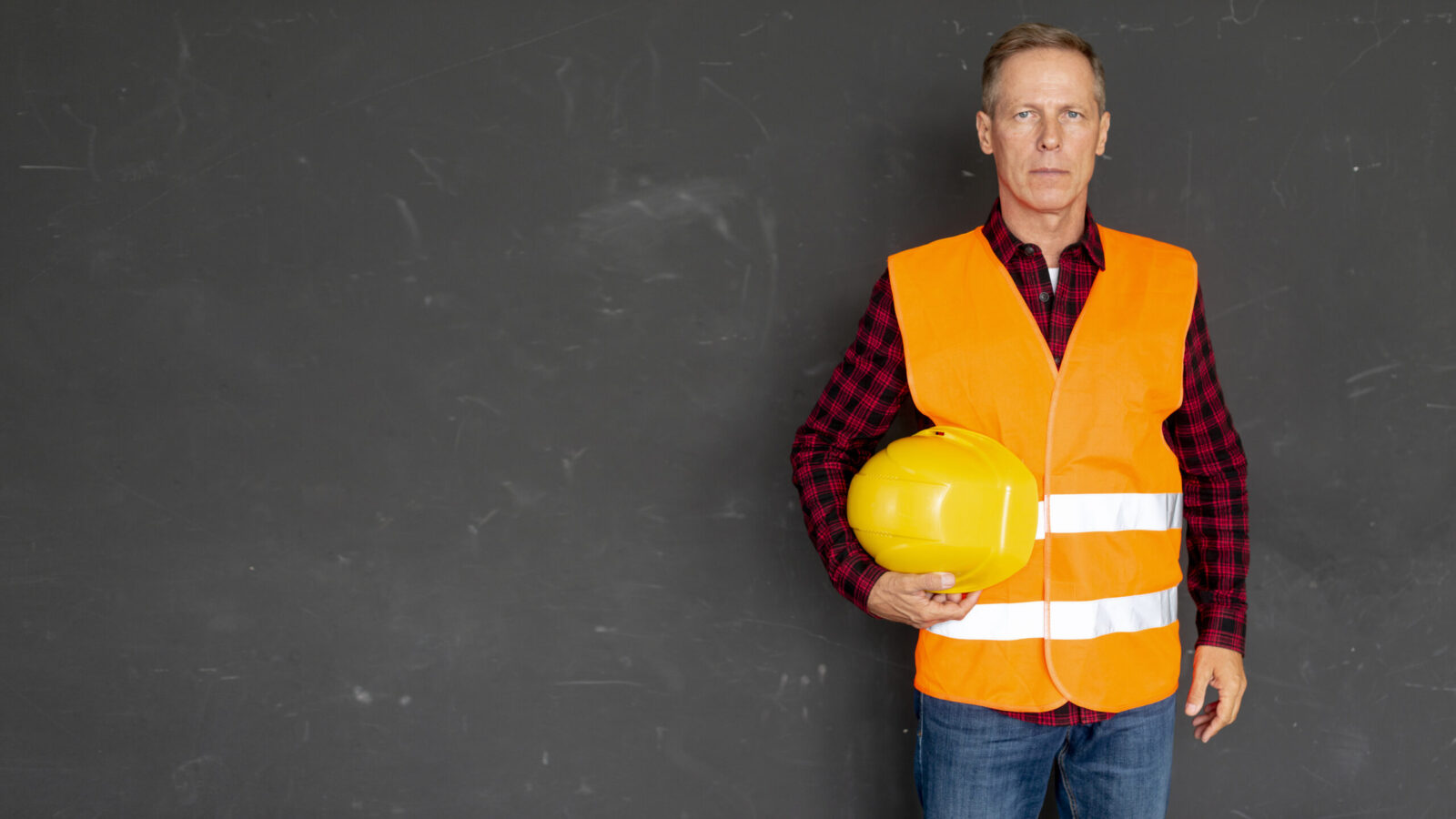
Get 20€ off on your first order!
Choosing the right safety vest can be confusing with different classes—Class 1, Class 2, and Class 3—each designed for specific work environments. By the end of this article, you’ll understand the key differences and know exactly which vest suits your needs.
We’ll guide you through each class, helping you choose the best option based on your work conditions, visibility needs, and compliance with safety standards. Plus, we’ll share tips on maintaining your vest for long-lasting performance.
With this guide, you’ll find the right safety vest and be ready for any situation, ensuring you stay protected and visible on the job. For a broader understanding of selecting safety vests, start with our main article on safety vests.
Safety vests are categorized into three classes based on their level of visibility and protection. These classifications empower workers to perform tasks with confidence and ensure maximum visibility in various environments. These classifications are defined by standards like EN ISO 20471, which regulate reflective material, background fabric, and design. The right class depends on the type of work, the environment, and proximity to traffic or heavy machinery.
Best for low-risk environments: Class 1 safety vests offer minimal visibility and are suitable for workers who are away from high-speed traffic or challenging areas. These vests typically:
Ideal for moderate-risk environments: Class 2 safety vests provide higher visibility, making them suitable for workers near roads with moderate traffic (up to 60 km/h) or in low-light conditions. These vests generally:
Essential for high-risk environments: Class 3 vests offer the highest level of visibility, ideal for areas with fast-moving traffic (above 60 km/h) or complex conditions. They:
This section provides a clear comparison of the safety vest classes, helping you quickly identify the most suitable option for your needs.
A quick comparison can help you decide which class is right for you:
| Feature | Class 1 | Class 2 | Class 3 |
| Environment | Low risk | Moderate risk | High risk |
| Traffic Speed | < 30 km/h | 30-60 km/h | > 60 km/h |
| Reflective Material | Minimal | Moderate | Maximum |
| Coverage | Torso only | Torso, more reflective tape | Torso, sleeves, full coverage |

Selecting the correct safety vest requires consideration of your work environment and specific tasks. Below, we outline key factors to guide your decision-making.
Evaluate the traffic conditions in your work environment. A Class 3 vest ensures exceptional visibility and allows you to work confidently in high-speed traffic areas. For indoor tasks with minimal things to consider, a Class 1 vest may suffice.
Ensure your safety vest complies with EN ISO 20471 standards or other applicable regulations. For detailed insights, refer to Qore Performance’s safety vest classification guide.
Look for features like pockets, zippers, and adjustable sizes that enhance functionality. Our safety vest product category includes a range of options to meet these needs.
Enhancing your safety gear setup with related products ensures comprehensive protection and optimal efficiency, allowing you to focus on your tasks with peace of mind. These items are tailored to meet the demands of various high-risk environments.
In addition to safety vests, consider upgrading your workwear with:
For more buying tips, explore our guides on Hi-vis jackets and Hi-vis pants.
Caring for your safety vest ensures it remains effective and reliable over time. Following these steps can help you keep your vest in optimal condition:
To ensure long-lasting performance:
We hope this guide has helped clarify the key factors in selecting the right safety vest, from class distinctions to material and visibility requirements. Whether you’re working near traffic, in construction, or on the road, we’re here to help you make an informed choice for your safety.
Explore our full range of safety vests at Droppe, featuring trusted brands that prioritize quality and visibility. For a deeper dive into selecting the best gear, visit our main guide on safety vests.
Have questions or need assistance in selecting the perfect vest? Don’t hesitate to reach out—we’re always here to ensure your safety and confidence in every purchase.
– The Droppe Team
Class 1 vests are suitable for low-risk environments but may not provide adequate visibility in low-light conditions. Consider a Class 2 or Class 3 vest for better visibility.
Yes, many safety vests come with adjustable features like Velcro straps or elastic sides for a customizable fit.
The lifespan of a safety vest depends on usage and care. Regular inspection and proper cleaning can extend its effectiveness.
Class 2 vests are ideal for moderate-risk environments, including construction sites with moderate traffic. For high-risk, fast-moving traffic areas, a Class 3 vest is recommended.
Many safety vests are designed with pockets for added functionality, allowing workers to carry tools or equipment while staying visible.
Thank you! You've signed up for our newsletter.
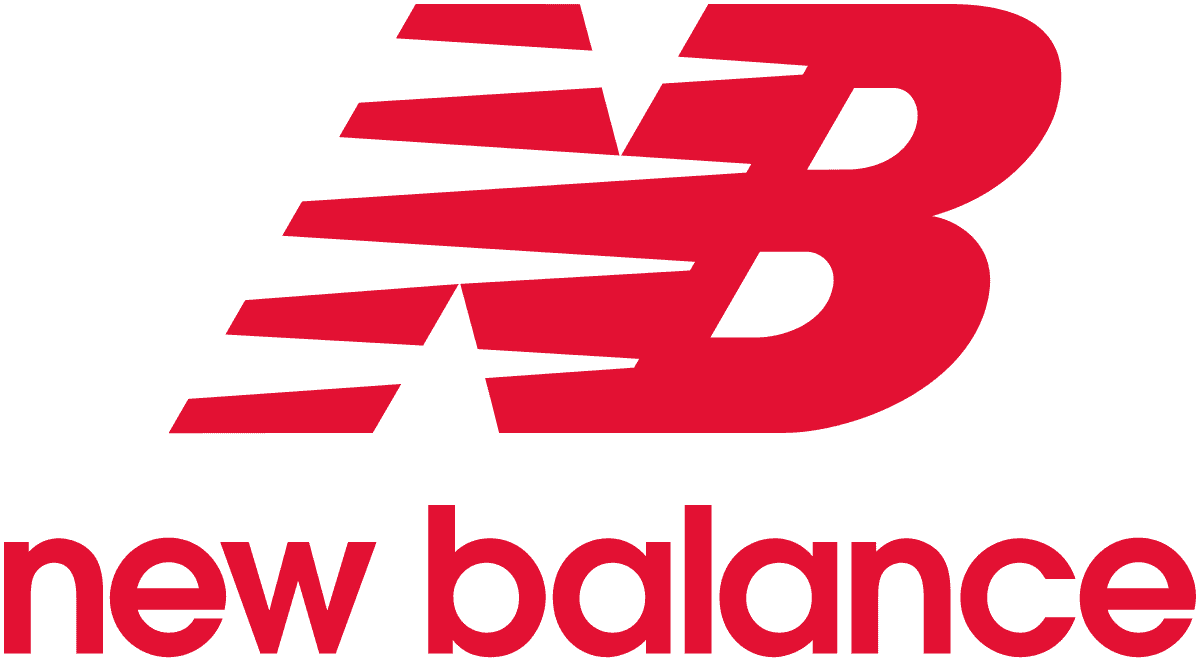

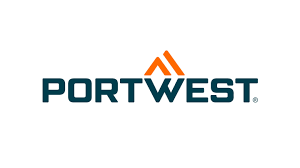

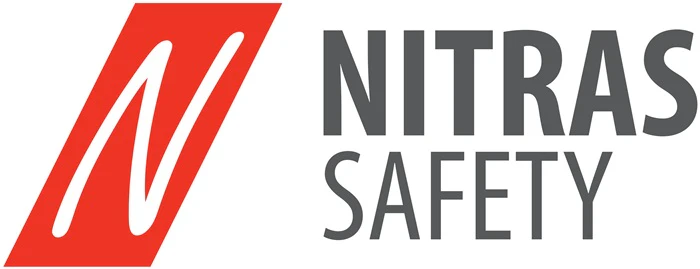





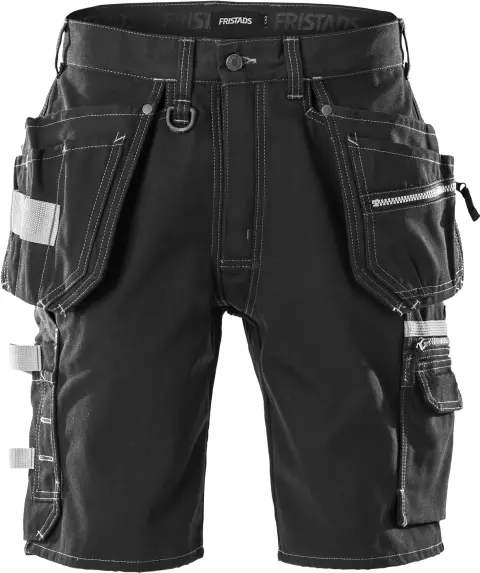
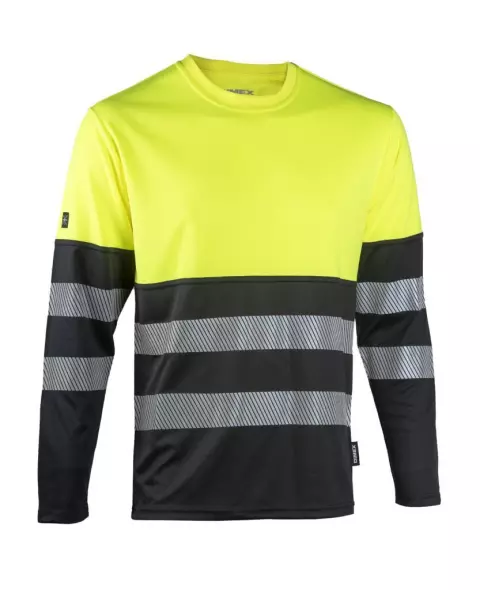
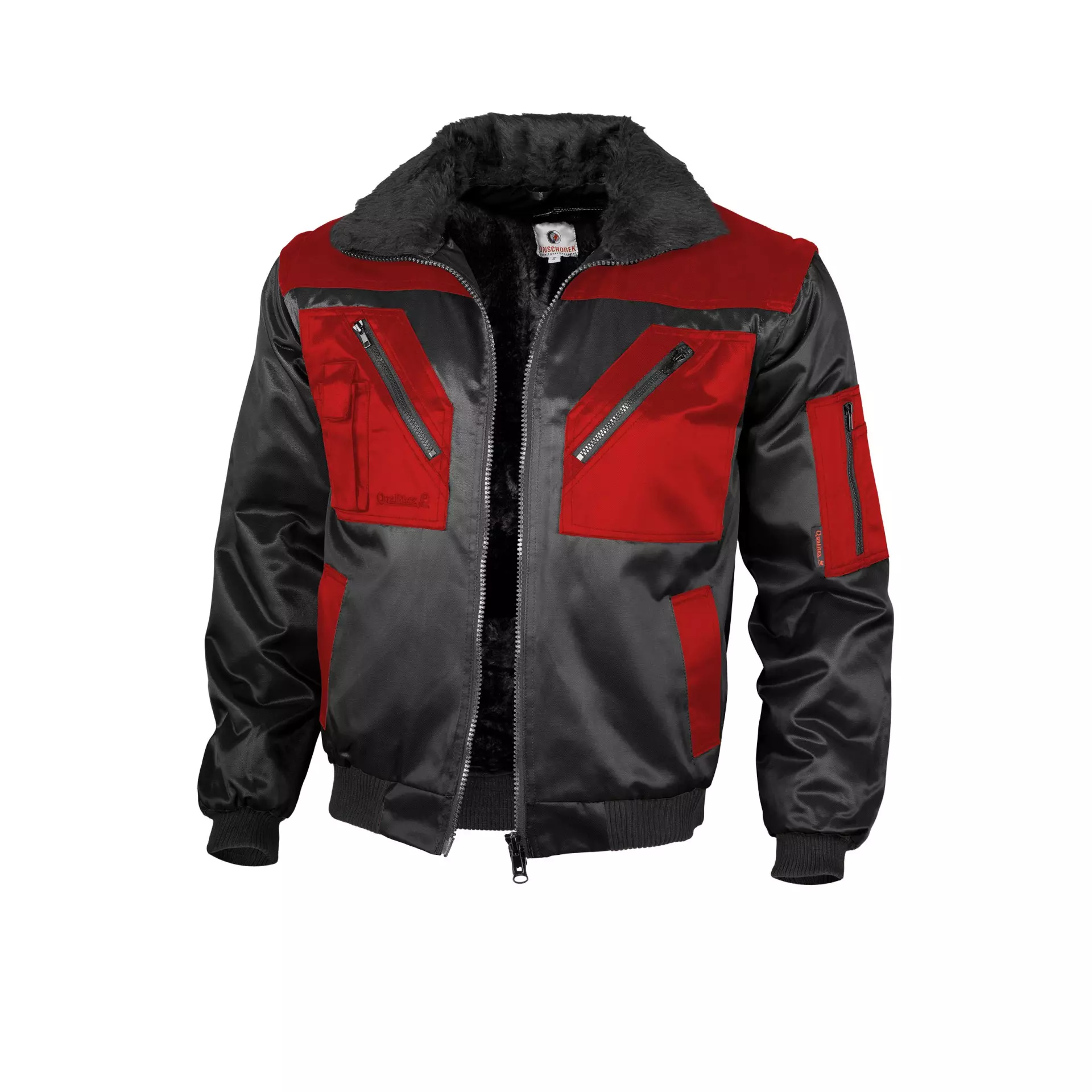
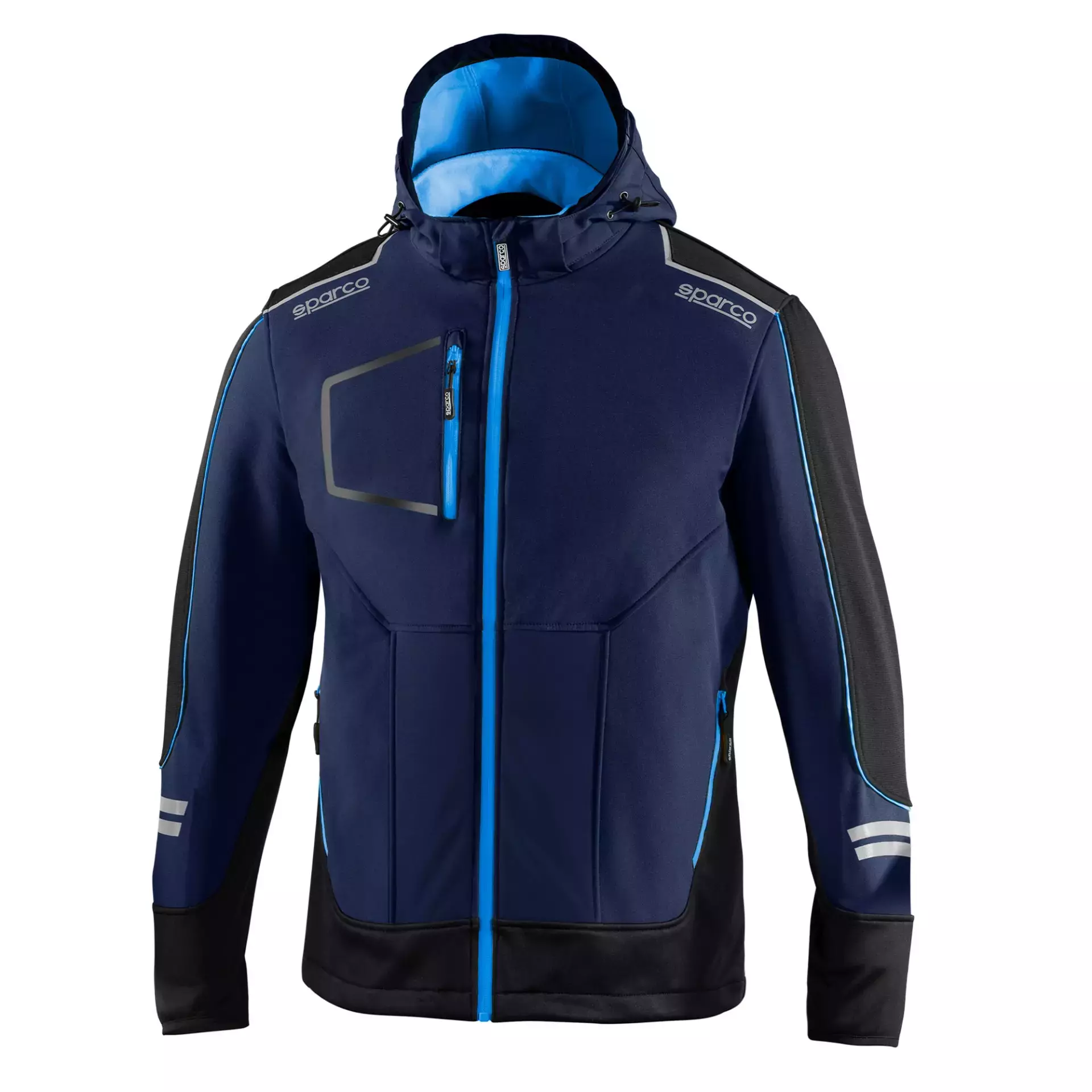





Overwhelmed by PPE options for food safety? Master your PPE selection for food workers safety with these practical tips.
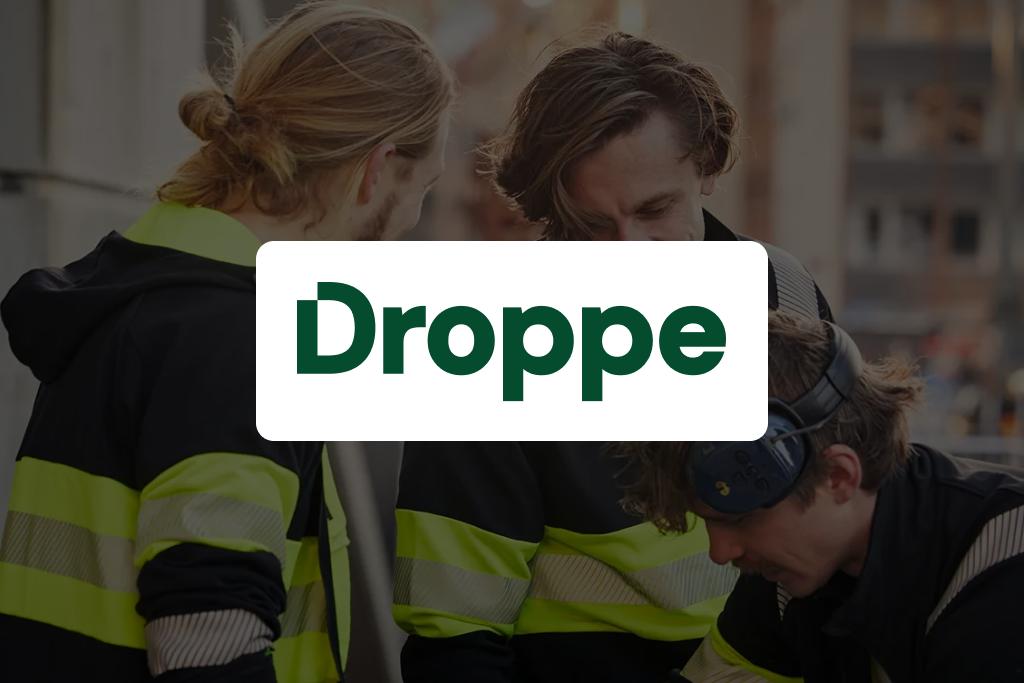
Struggling to maintain clear vision in demanding environments? This guide is here to help. By the end, you’ll know exactly...
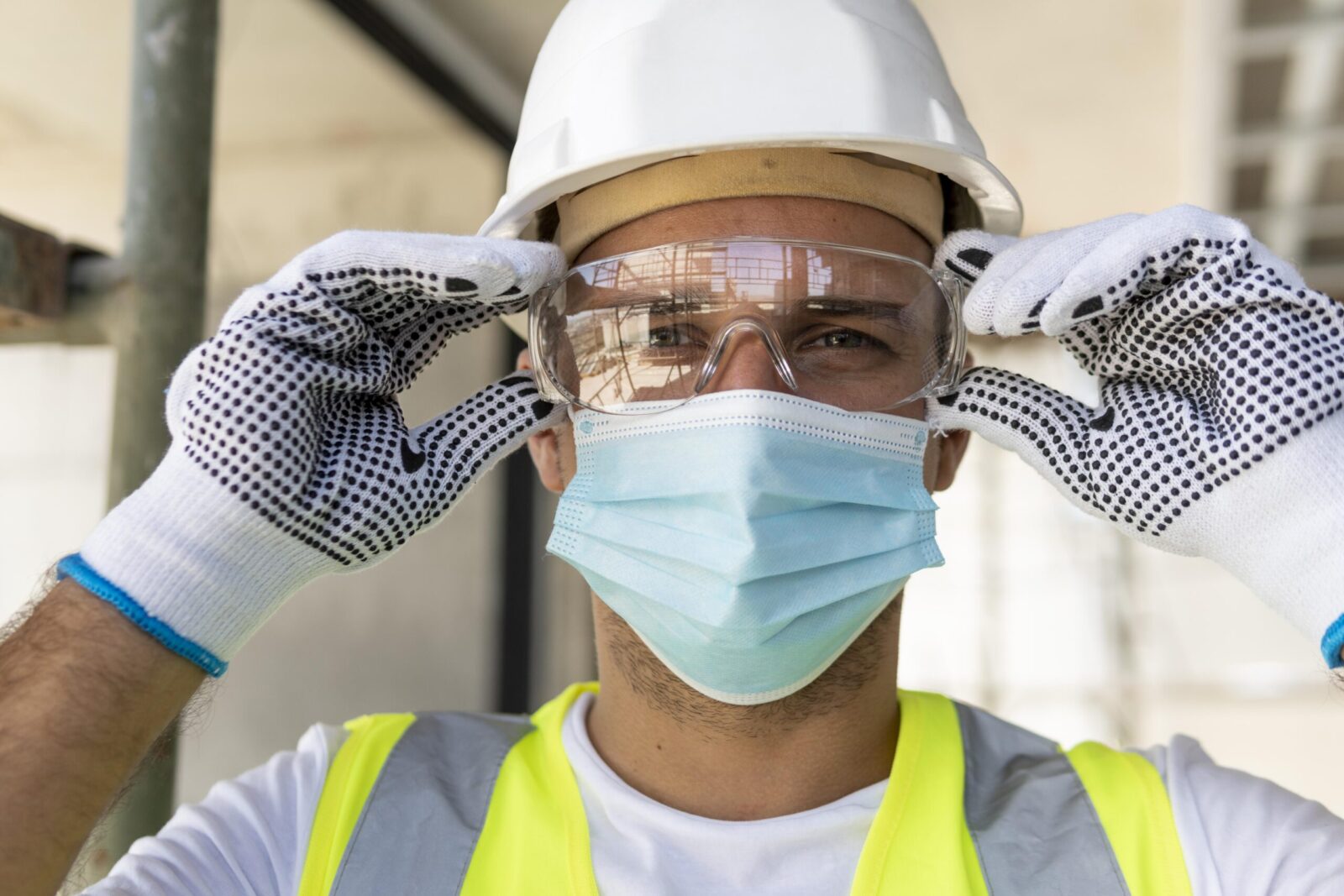
Electricians across Europe face unique challenges that require reliable safety glasses to ensure both protection and efficiency. Whether safeguarding against...

Overwhelmed by PPE options for food safety? Master your PPE selection for food workers safety with these practical tips.

Struggling to maintain clear vision in demanding environments? This guide is here to help. By the end, you’ll know exactly...

Electricians across Europe face unique challenges that require reliable safety glasses to ensure both protection and efficiency. Whether safeguarding against...
Get 20€ off on your first order!
Save 30% by buying directly from brands, and get an extra 10€ off orders over €100
Save 30% by buying directly form brands, and get an extra 10€ off orders over €100